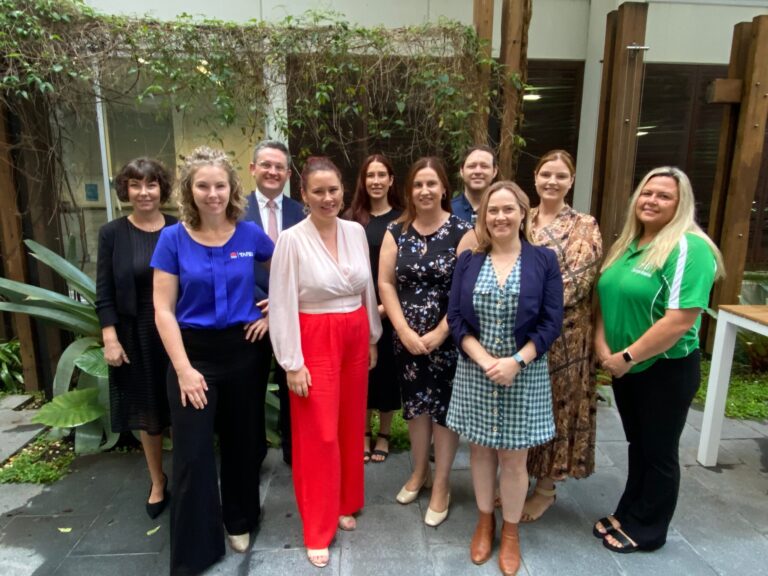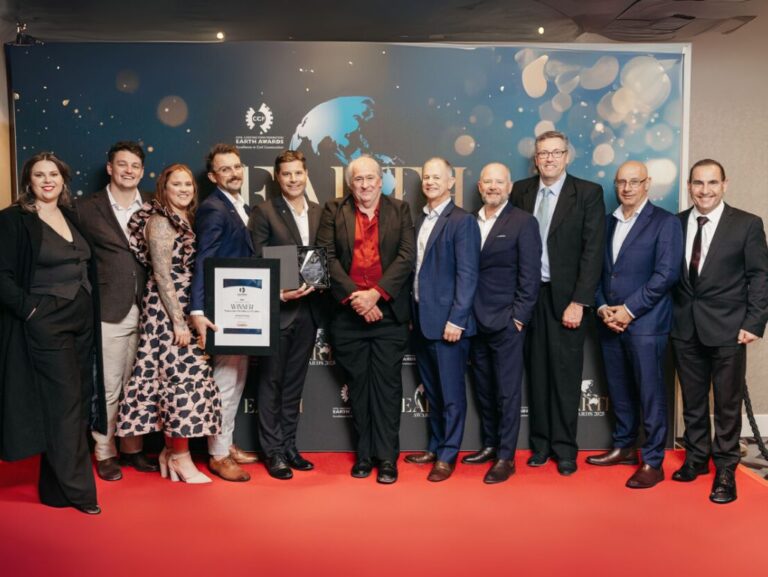Hunter Research Foundation (HRF) researchers have seen some early signs that the Upper Hunter economy may be weathering the storm but are cautious about how this will be sustained.
HRF Senior Research Fellow Jenny Williams said there are early signs of improvement in the broader Hunter Balance labour market, although the Upper Hunter areas closest to mining (Singleton, Muswellbrook and Upper Hunter Shire Local Government Areas) may be lagging, and housing investment is not underpinning the transition as elsewhere.
“After sustained falls from the mining-related peak of 2013, employment numbers in the Hunter Balance appear to have stabilised since mid-2014,” Jenny said. “Since early this year, they have shown signs of increasing, consistent with the slow transition to non-mining investment evident elsewhere in the economy.”
While cautiously optimistic that the Upper Hunter economy may have bottomed out, Jenny said that there is slower growth nationally than predicted and a weakening Chinese economy is likely to create economic headwinds for the Hunter and the nation.
“The data suggest that Upper Hunter businesses that are weathering the economic storm are adapting to the ‘new normal’ of lower input costs in the mining sector rather than diversifying their customer base.”
While the unemployment rate is showing signs of stabilising, it may rise again and youth unemployment in the Hunter Balance remains unacceptably high (more than 20%).
“We need to continue ongoing efforts to support young people in acquiring job-related skills and there is a real need for diversification in the Upper Hunter economy to a postmining future over the coming decades.”
Jenny presented the full Upper Hunter Economic Indicators at HRF’s Upper Hunter Economic Breakfast this morning at the Muswellbrook RSL.
The breakfast also included a panel discussion on economic diversification and a presentation by Ross Lambie, General Manager of the Resources and Energy Economics Branch of the Department of Industry and Science.






